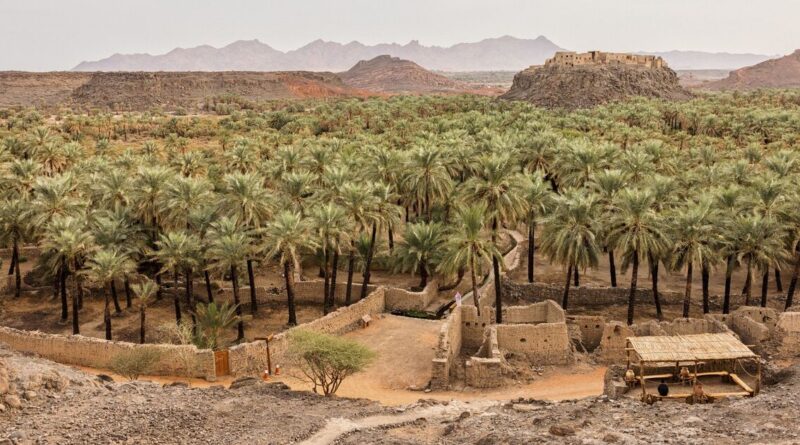Archaeology breakthrough as experts find 1,000-year-old ancient city | World | News
Archaeologists have been left stunned after they discovered an ancient oasis in the Saudi Arabian desert. The site reportedly includes the remains of a walled and fortified city with towers, defensive ramparts, organised residential areas linked by small roads, a central hub, a cemetery, and an area for food cultivation.
A team of archaeologists led by France’s National Center for Scientific Research announced this remarkable discovery: a Bronze Age fortified walled site known as al-Natah, located in the Khaybar oasis and uncovered by the Khaybar Longue Durée Archaeological Project.
In the study published in PLOS ONE, experts found the characteristics of a second or third-millennium BC settlement over a large area, reports Popular Mechanics.
Initial surveys reveal that over a six-acre area, a fortified town – constructed between 2,400 and 2,000 B.C. and occupied for about a millennium – was “functionally divided into a residential district, likely an administrative zone, and a necropolis,” the researchers noted.
The dwellings followed a consistent layout, interconnected by narrow streets that were distinct from the agricultural zone, cemetery, and central district.
The authors stated in the study: “By comparison with neighboring oasis centers.
We suggest that northwest Arabia during the Bronze Age – largely dominated by pastoral nomadic groups and already integrated into long-distance trade networks – was dotted with interconnected monumental walled oases centered around small, fortified towns.”
According to the researchers, there were around 50 dwellings, maybe higher. The authors stated the four-acre residential area could have housed a population of around 500 people, as some of the dwellings had three levels.
The fortified oasis of Khaybar contained springs and aquifers, which supported agricultural activities and ensured a stable, reliable food supply for its residents.
The densely built city site featured a cultivated area on a slope in the valley, positioned at the intersection of a major east-west route and a north-south road. Two large towers with ramparts highlight the defensive design of the walls.
The authors concluded: “Topography thus played a decisive role in the siting of structures, as can be unambiguously seen around and along the small ridge on the northeastern side of the site.”
“The outer fortifications were thus clearly designed to protect the site’s resources and to regulate access and trade,” the authors wrote, adding that the radical change in lifestyle – from a pastoral-nomadic way of life to a more agropastoral subsistence – would have had a profound impact on the complexity of their settlements.





